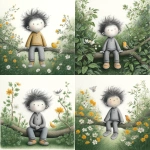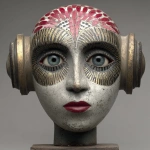Explore the Best AI Image Gallery
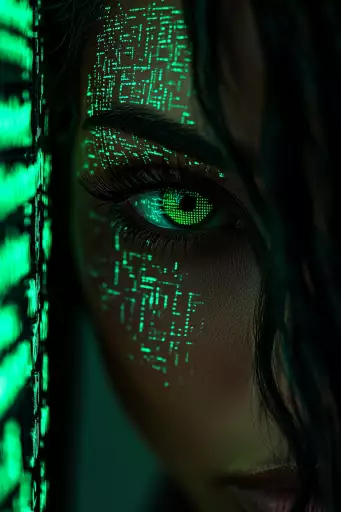
Pixels and Threads: Weaving the Future of Creativity with AI Image Generators
The digital canvas has expanded exponentially with the advent of artificial intelligence (AI), particularly in the realm of image creation. No longer confined to the realms of science fiction, AI-powered tools are now capable of generating stunningly realistic and imaginative visuals, pushing the boundaries of artistic expression and sparking both excitement and debate within the creative industry.
From generating photorealistic portraits to crafting surreal landscapes, these tools empower artists, designers, and anyone with a creative spark to bring their visions to life in unprecedented ways.
A New Brushstroke: Potential Uses Across Industries
The applications of AI image generation extend far beyond the traditional art world. Consider:
- Marketing and Advertising: Creating eye-catching visuals for campaigns, generating product mockups, and personalizing marketing materials to resonate with individual consumers.
- Gaming and Entertainment: Designing game environments, characters, and assets, bringing interactive stories to life with dynamic visuals, and enhancing cinematic experiences.
- Design and Architecture: Visualizing architectural designs, generating conceptual sketches, creating immersive 3D walkthroughs, and experimenting with different design iterations rapidly.
- Education and Research: Illustrating complex concepts, creating interactive learning materials, visualizing scientific data, and exploring new artistic styles and techniques.
Navigating the Ethical Landscape
While the potential benefits are vast, AI image generators raise important ethical considerations that require careful attention:
- Copyright and Ownership: Who owns the copyright to images generated by AI? The user who provides the input, the developer of the AI tool, or the AI itself?
- Bias and Representation: AI models are trained on vast datasets, which may contain biases that perpetuate stereotypes and inequalities. It is crucial to ensure that AI-generated content reflects diversity and inclusivity.
- Misinformation and Deepfakes: The ability to create highly realistic images raises concerns about the potential for misuse, such as generating fake news, impersonating individuals, or creating harmful propaganda.
Shaping the Future: Trends in AI Image Generation
The field of AI image generation is rapidly evolving. Here are some trends to watch:
- Increased Accessibility: User-friendly tools and platforms will make AI image generation more accessible to a wider range of individuals, empowering non-experts to explore creative possibilities.
- **Personalized Creativity**: AI will increasingly learn from individual user preferences, generating images that are tailored to specific tastes and styles, creating a truly personalized artistic experience.
- Multimodal Generation**: AI will move beyond static images, generating videos, animations, and even interactive experiences, blurring the lines between different creative mediums.
AI image generators are undoubtedly reshaping the creative landscape, offering unprecedented opportunities for innovation and self-expression. By embracing these tools responsibly, navigating ethical considerations, and fostering a culture of collaborative creativity, we can harness the power of AI to unlock new dimensions of artistic expression and shape the future of creativity.
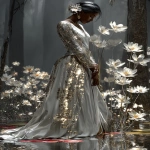
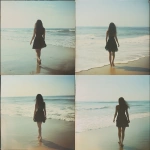
](https://images.ai-img.art/thumbnails/150/45237dfa7845159b860f9e234c48c4418e8efcb52b4d15da4493f46e6a99f337.webp)

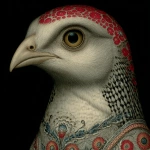


](https://images.ai-img.art/thumbnails/150/6a577517a359cd2bc6212d6b0f12c7cab660841317023550a76c84f409c7f2d0.webp)
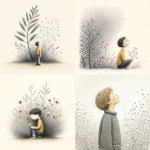
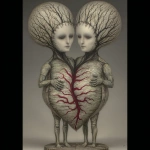
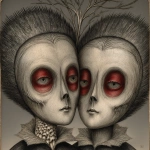
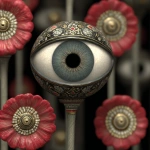
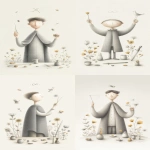
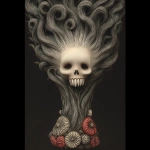
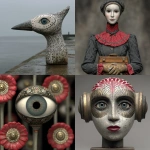
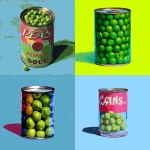
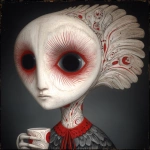
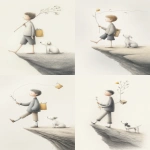

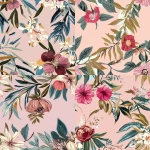
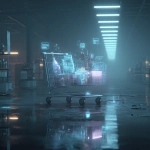
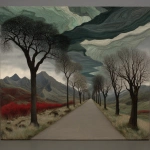


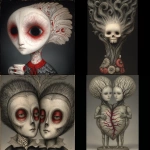
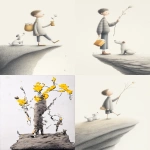
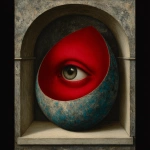
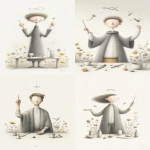
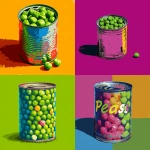

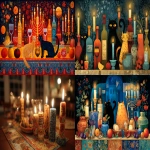
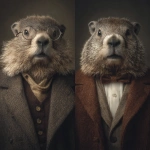
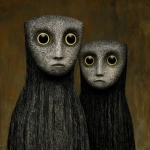
](https://images.ai-img.art/thumbnails/150/6a9bb97a3f1c45ab616724cc54bca010cbcc2d658a9c0e4581aa181c88046444.webp)

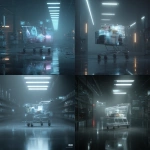
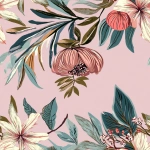
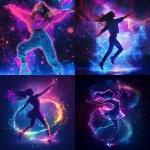
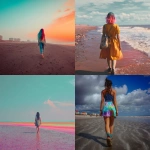
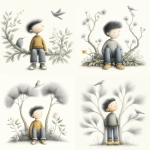


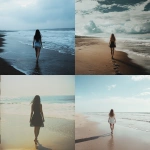
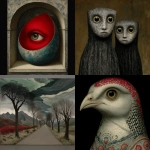
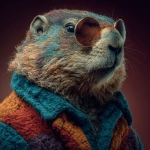
](https://images.ai-img.art/thumbnails/150/065f0b2e150f4cc43a9da80d822e8a385e9e50f2f6ff2cc3be7639cfd74952da.webp)
](https://images.ai-img.art/thumbnails/150/1b14bd827b740aca3b0d8efa7ed6865e28c7c8382172f3f565c96b6c5f64ca78.webp)
